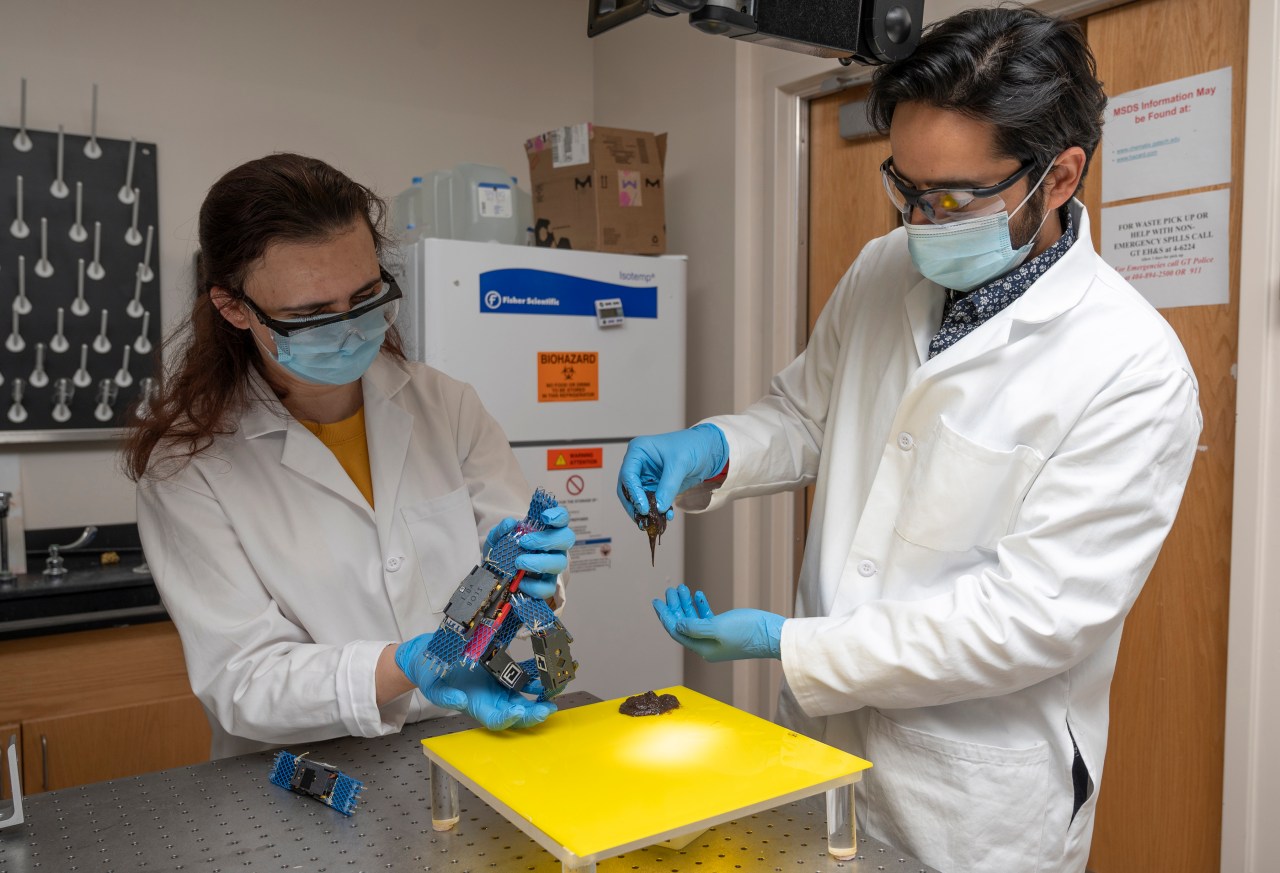Nature has always been a wellspring of inspiration for scientists and engineers looking to enhance the capabilities of technology. Among the latest explorations in the field of biomimicry lies a curious phenomenon known as “worm blobs.” These intriguing masses of California blackworms, which demonstrate an uncanny ability to move as a cohesive unit, have caught the attention of researchers seeking to revolutionize how robots navigate their environments. In this blog post, we’ll delve into the fascinating world of worm blobs and explore how their unique locomotion is paving new pathways in robotics.
The Science Behind Worm Blobs
Worm blobs, or clusters of the Lumbriculus variegatus species, showcase a remarkable survival mechanism that helps them adapt to changing environments. Ranging from 10 to 50,000 individual worms, these blobs can shift in shape and position, often rapidly responding to their surroundings. Researchers at Georgia Tech have taken a keen interest in how these organisms manage to move in unison despite their simple structure.
- Cooperative Movement: A select few worms within the blob take charge, directing the movement of the entire mass. It typically takes just two or three worms to lead a group of five, illustrating the power of cooperation in nature.
- Adaptive Strategies: Worm blobs are particularly adept at adapting to their environment, battling changes in temperature and other stressors through their collective movement.
Translating Nature into Robotics
Inspired by the functionality of worm blobs, the Georgia Tech researchers have undertaken a project employing 3D-printed robots that mimic this collective behavior. Each of these robots is equipped with two arms and light sensors, allowing them to respond to their environment in tandem.
Here’s a breakdown of their approach:
- Entangling Mechanism: The robots are designed with mesh and pins enabling them to become entangled, mimicking the interaction seen in worm blobs.
- Emergent Behavior: Through a series of experiments, the robots exhibited emergent behavior while avoiding light, illustrating a non-verbal form of cooperation that mirrors their biological counterparts.
- Real-World Application: The findings present a compelling opportunity to fabricate robots that operate cohesively in complex environments rather than simplified, controlled settings.
The Potential Impact on Robotics
The implications of this research extend far beyond mere curiosity. By understanding how worm blobs function, roboticists could develop machines that embody similar principles, leading to advancements in various applications:
- Disaster Response: Robots could be deployed in challenging environments to collaboratively navigate debris and gather data.
- Exploration: Swarms of robots may efficiently explore hazardous terrain, like underwater caves or distant planetary surfaces.
- Health Monitoring: Collective robotic systems could be used in healthcare settings to navigate tight spaces and deliver supplies effectively.
Conclusion: The Future of Robotic Mobility
The study of worm blobs offers a glimpse into a future where robots can work together in intricate and unpredictable environments. By drawing inspiration from nature, researchers are unlocking new avenues for robotic movement, potentially leading to machines that don’t just operate individually but act as cohesive entities. This research is crucial for enhancing the capabilities of robots, allowing them to tackle complex challenges faced in the real world.
At fxis.ai, we believe that such advancements are crucial for the future of AI, as they enable more comprehensive and effective solutions. Our team is continually exploring new methodologies to push the envelope in artificial intelligence, ensuring that our clients benefit from the latest technological innovations.
For more insights, updates, or to collaborate on AI development projects, stay connected with fxis.ai.

